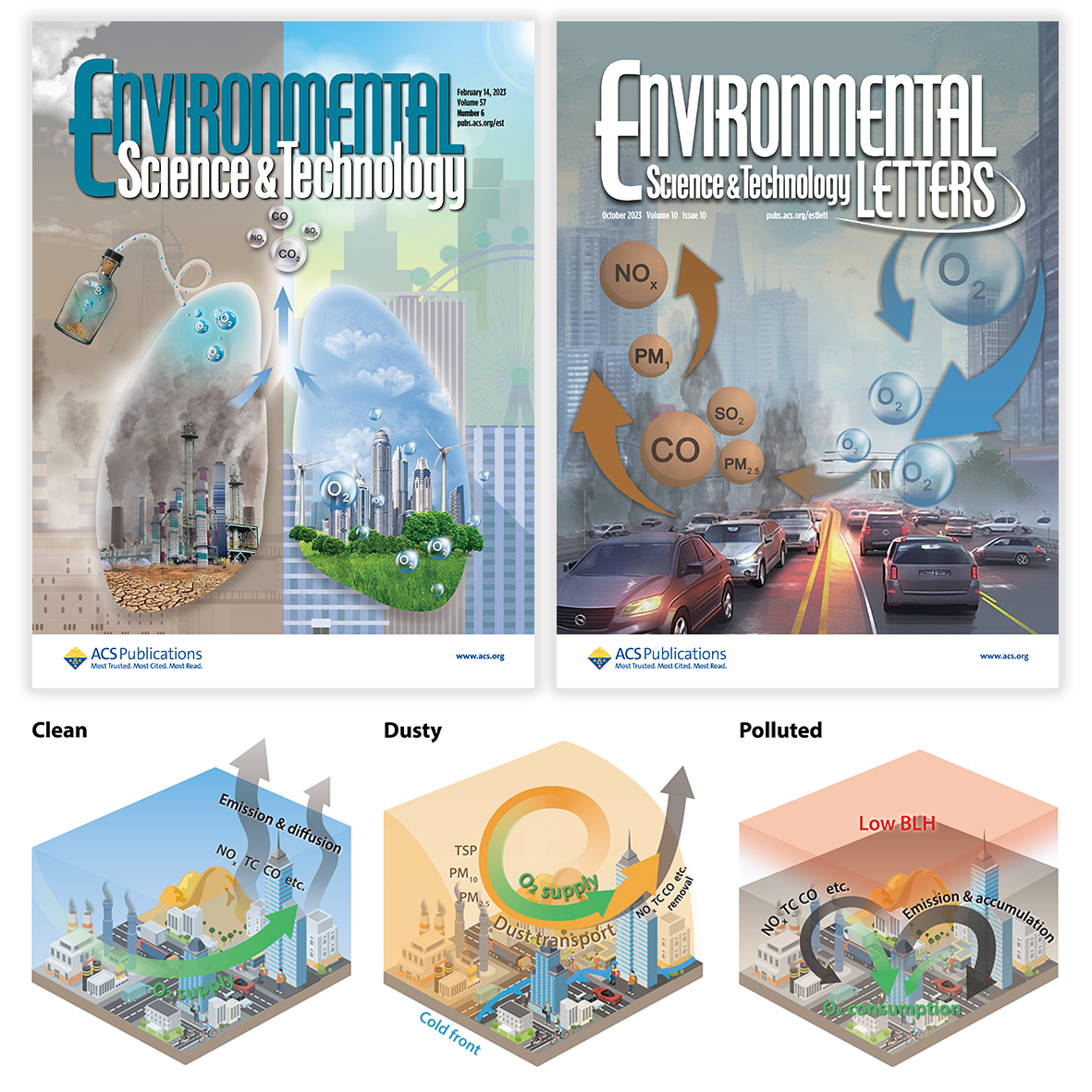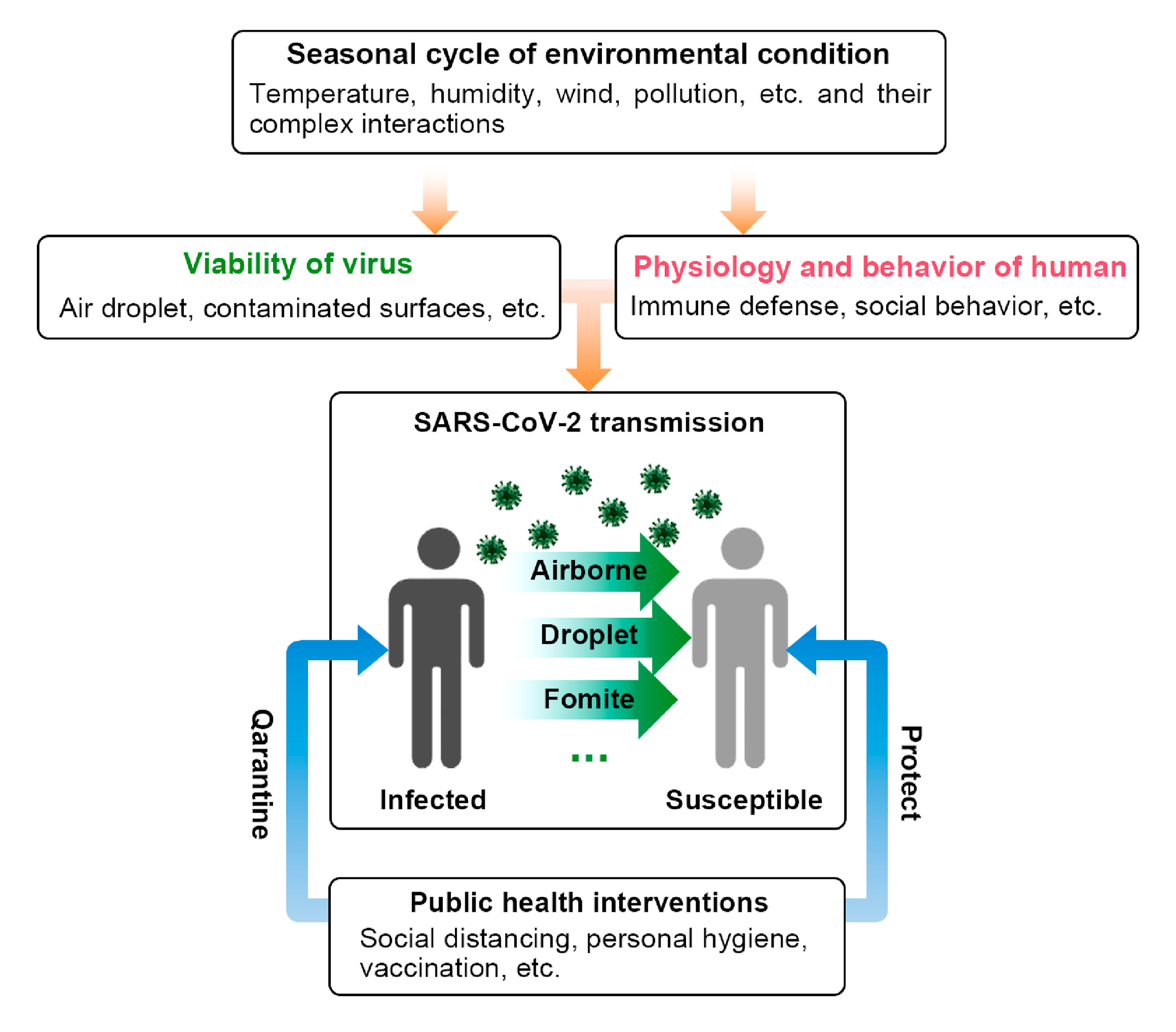✨ Research (Last updated on 2023.11.19)
Understanding factors driving the O2 variation in urban atmosphere (2019 ~ now)

- Backgrounds: Urban regions are the largest sinks of atmospheric O2, yet long-term high-precision O2 measurements in urban regions are currently lacking. I used process-driven and data-driven models to explore urban atmospheric O2 budget in Lanzhou, a city in semi-arid region.
- Findings:
- In densely populated urban regions, resident respiration could make non-negligible contributions (27.50% to 33.08%) to the observed fluctuations in urban O2 variability (Liu et al., ES&T, 2023).
- Complex contributions of natural and anthropogenic factors to atmospheric O2 in a semi-arid downtown are explored using explainable machine learning model (Liu et al., ES&T Letters, 2023).
How does seasonality influence the dynamics of COVID-19 transmission? (2020~2021)

- Findings: COVID-19 seasonality is quantified using a refined SEIR epidemic model intergrated with seasonality.
- COVID-19 seasonality exhibits a more pronounced pattern at higher latitudes, where larger seasonal amplitudes of environmental indicators are observed.
- 40–60% of COVID-19 cases are associated with seasonality. However, seasonality alone is not sufficient to fully curb the transmission of COVID-19.
- Impact: In close collaboration with epidemiologists, this work (Liu et al., Environ. Res., 2021) has received citations from prestigious journals such as Nature Medicine, the Lancet Public health. It has also been recognized as an ESI highly cited paper.


